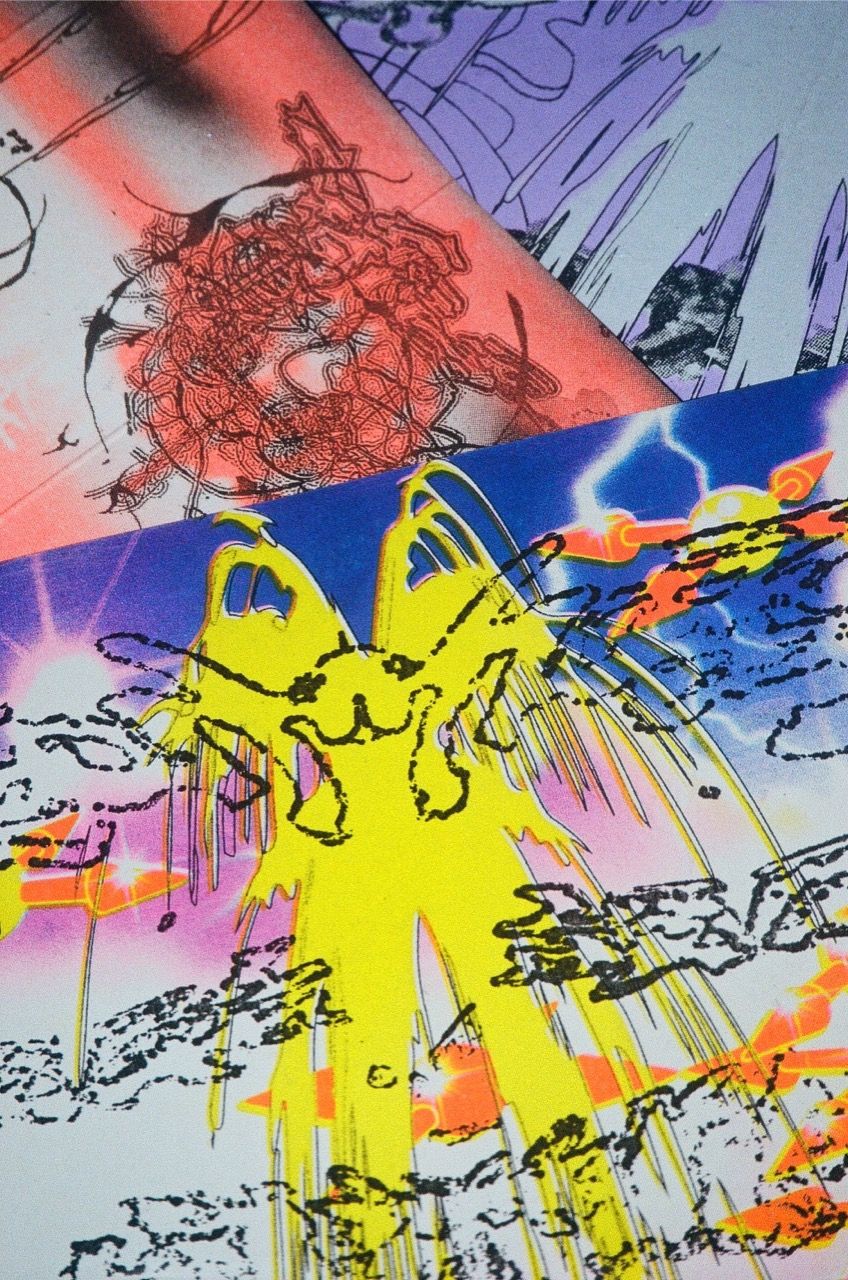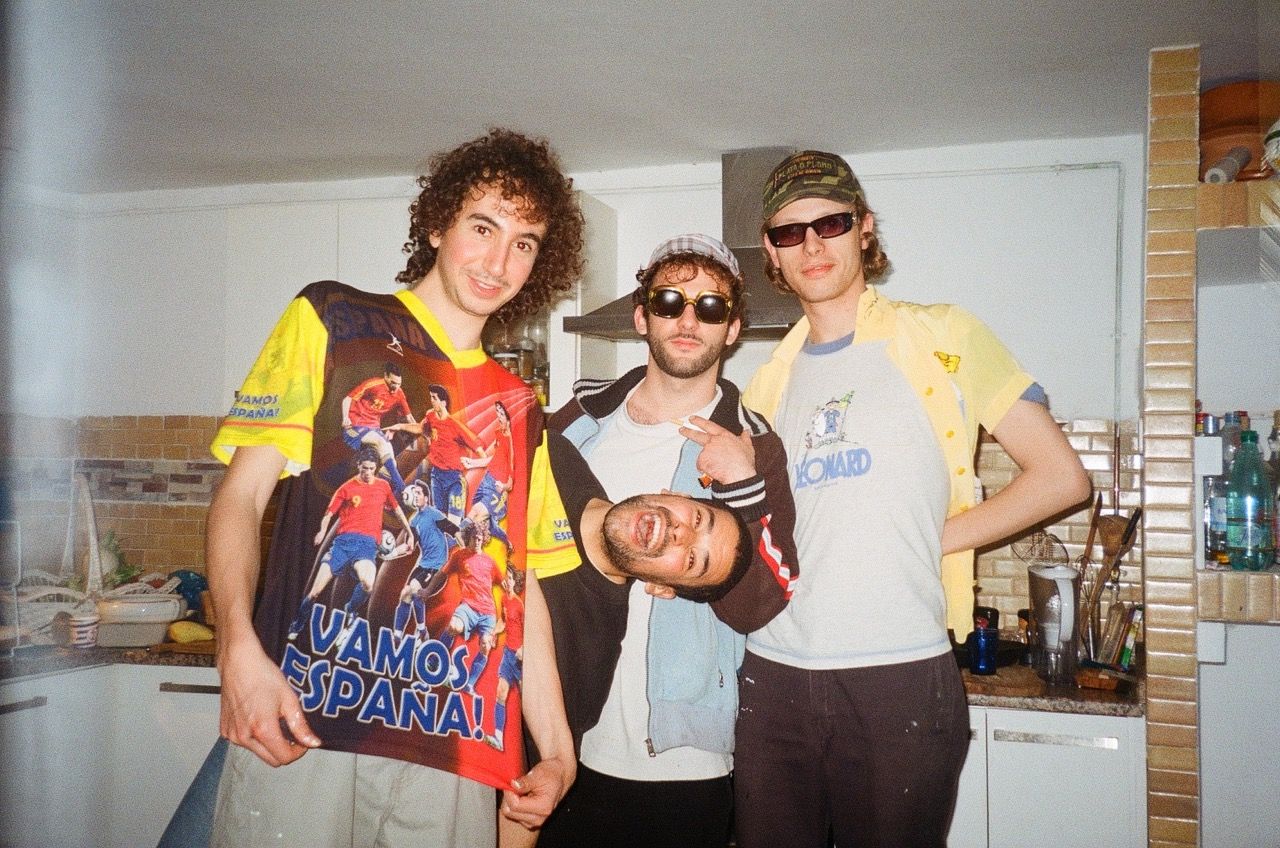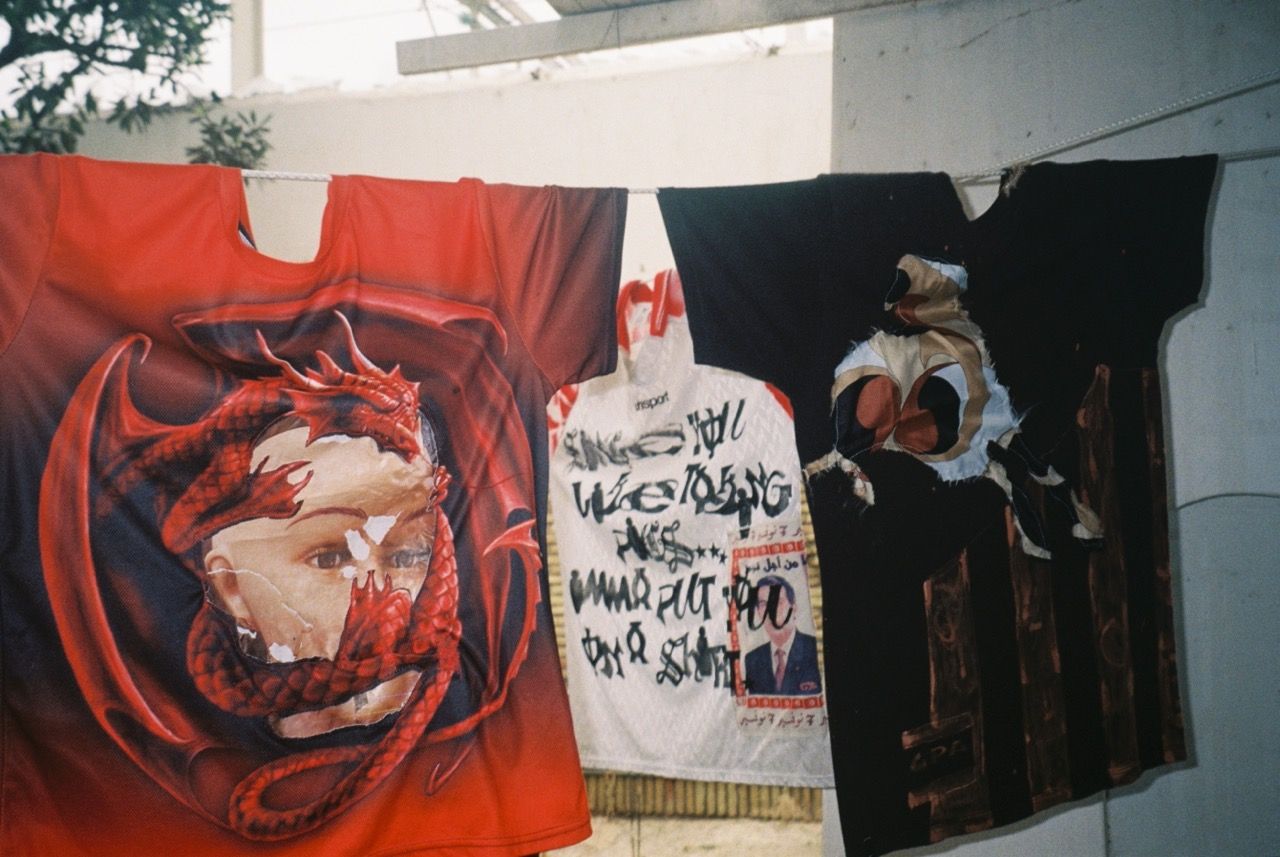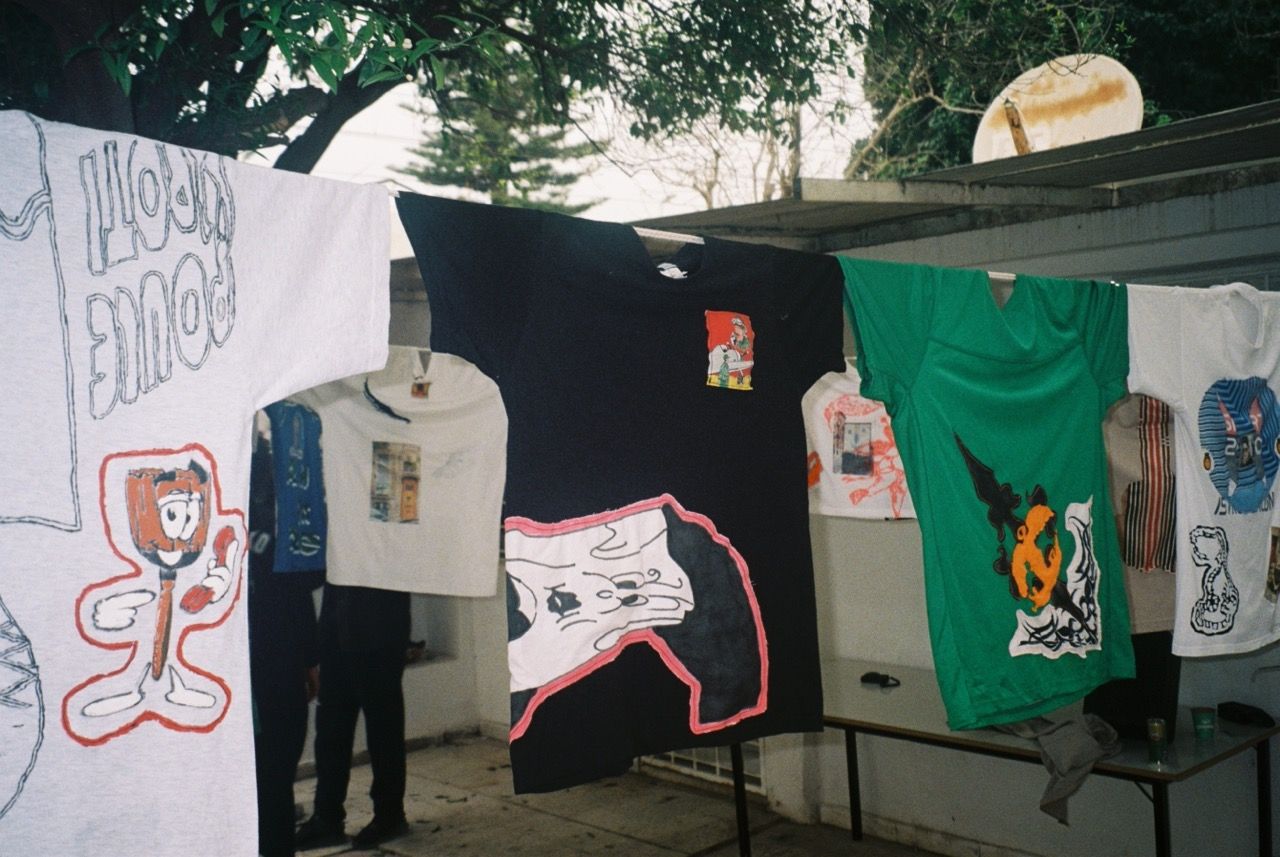Urban Codex Workshop
15 March 2022
Urban Codex embodies the aspirations deeply ingrained in the heart of our generation, expressed through the creative means of graphic art. It stands as a testament to an art form characterized by co-creation and an uncomplicated, sincere, and affordable approach.
Conceived as a workshop, Urban Codex is the brainchild of seven visual artists. Two Tunisian artists, Becem Sdiri (specializing in graphic design, video, and music) and Jack Montaly (known for drawings and illustration), joined forces with five French artists: Vincent Bentolila (proficient in drawing, video, and music), Amélie Poitevin (a visual artist), Edouard Nazé, Paul Peyrolle, and Jules Rousselet (experts in graphic design, illustration, and typography). The workshop unfolded at Mouhit Space Art Residency in Carthage Byrsa, a dedicated space for artistic creation.
Tunis and Brussels hold a unique and special allure for the group. The energy, textures, spaces, graphics, rooftops, and sounds of these cities captivate them. The constant chaos and dynamics of daily life keep them on the lookout for the unexpected.
The group is particularly intrigued by the idea of the city as an image with no specific outcome, just an ongoing series of phases and events. Observation and curiosity are crucial, starting with details and small conversations with the surroundings. This continuous dialogue with the city serves as a performative playground for their experiments.
A month before the workshop, the group initiated an image exchange—a back-and-forth of everyday photos captured by their phones, showcasing objects, details, and forms encountered in Tunis and Brussels. They sought images reflecting absurdity, materiality, symbols, signs, or aesthetic fascinations. This exchange was seen as a future resource for the project, confirming their shared interests in graphic curiosities despite geographical and cultural differences.
On the first day of the workshop, all 160 photos were exhibited at Mouhit Space to immerse the participants. This allowed the thirty-five participants to contribute to a bank of graphic elements through drawing, cutting, collage, etc. The treatment and tools were kept free to create a diverse collection of "ingredients" and "samples" with varied styles.
These collected elements, mainly silhouettes, patterns, ornaments, letters, and lines, would be crucial for the upcoming stages of the workshop. The first day also served as an icebreaker for participants to meet and share their creative practices through a simple and accessible process.
Approaching the T-shirt as a dynamic medium of expression to be manipulated and reinterpreted, the group saw it both as a medium and a format. Similar to paper or canvas, the T-shirt presented natural constraints, fostering physical collaboration. Each participant was encouraged to translate their practices or experiment with new ones, transforming Mouhit Space into a lively and constantly evolving hub throughout the workshop.







